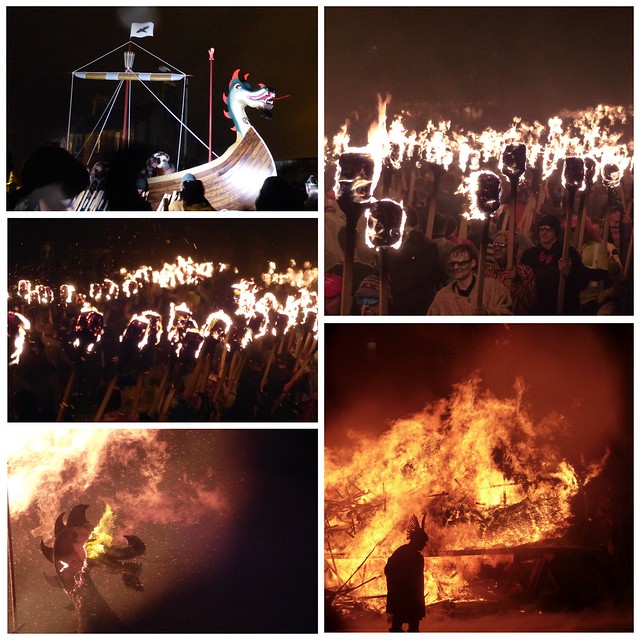Scandinavian Scotland refers to the period from the 8th to the 15th centuries during which Vikings and Norse settlers, mainly Norwegians and to a lesser extent other Scandinavians, and their descendents colonised parts of what is now the periphery of modern Scotland. Viking influence in the area commenced in the late 8th century, and hostility between the Scandinavian Earls of Orkney and the emerging thalassocracy of the Kingdom of the Isles, the rulers of Ireland, Dál Riata and Alba, and intervention by the crown of Norway were recurring themes.
Scandinavian-held territories included the Northern Isles of Orkney and Shetland, the Hebrides, the islands of the Firth of Clyde and associated mainland territories including Caithness and Sutherland. The historical record from Scottish sources is weak, with the Irish annals and the later Norse sagas, of which the Orkneyinga Saga is the principal source of information, sometimes contradictory although modern archaeology is beginning to provide a broader picture of life during this period.
There are various competing theories that have addressed the early colonisation process although it is clear that the Northern Isles were the first to be conquered by Vikings and the last to be relinquished by the Norwegian crown. Thorfinn Sigurdsson's rule in the 11th century included expansion well into north mainland Scotland and this may have been the zenith of Scandinavian influence. The obliteration of pre-Norse names in the Hebrides and their replacement with Norse ones was almost total although the emergence of alliances with the native Gaelic speakers produced a powerful Norse-Gael culture that had wide influence in Argyll, Galloway and beyond.
Scottish influence increased from the 13th century on. In 1231, an unbroken line of Norse earls of Orkney ended and the title was since held by Scottish nobles. An ill-fated expedition by Haakon Haakonarson later in that century led to the relinquishing of the islands of the west to the Scottish Crown and in the mid-15th century Orkney and Shetland were also transferred to Scottish rule. The negative view of Viking activities held in popular imagination notwithstanding, Norse expansion may have been a factor in the emergence of the Gaelic kingdom of Alba, the forerunner of modern Scotland, and the trading, political, cultural and religious achievements of the later periods of Norse rule were significant.
30Jan1973.jpg) |
| Up Helly Aa in Lerwick |
Documental: Norse Vikings and Scottish Highlanders
This Ancient Warfare Documentary shows the Vikings were remembered by their contemporaries as fierce, pagan raiders who threatened the Christian world. The Vikings were seafaring north Germanic people who raided, traded, explored, and settled in wide areas of Europe, Asia, and the North Atlantic islands from the late 8th to the mid-11th centuries.
The second part of this Ancient Warfare Documentary starts at 23:40 and focuses on Midsummer Day, 1314, the exiled Scottish king led an army against an English force three times as large. Pikemen in dense formation routed the English, restoring Scotland to the kingdoms of Europe. Warfare in Medieval Scotland includes all military activity in the modern borders of Scotland, or by forces originating in the region, between the departure of the Romans in the fifth century and the adoption of the innovations of the Renaissance in the early sixteenth century.










